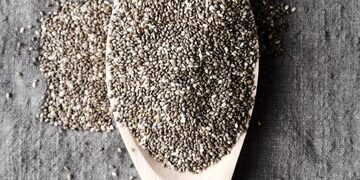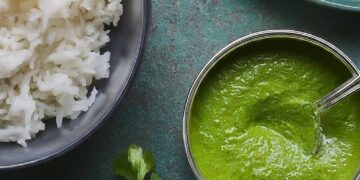An ankle sprain is a common injury that occurs when the ligaments supporting the ankle stretch beyond their limits. Whether it’s a mild strain or a more severe sprain, the road to recovery can be expedited with the help of simple and effective home remedies. In this article, we’ll explore various methods to alleviate pain, reduce swelling, and promote healing for a speedy recovery from an ankle sprain.
Understanding Ankle Sprains
What Causes Ankle Sprains?
Ankle sprains often result from sudden twists, falls, or awkward landings, causing the ligaments to stretch or tear. Sports activities, uneven surfaces, or simple missteps in daily life can all contribute to this common injury.
Types of Ankle Sprains
- Mild (Grade I): Slight stretching of the ligaments, causing mild pain and swelling.
- Moderate (Grade II): Partial tearing of the ligaments, resulting in moderate pain, swelling, and sometimes instability.
- Severe (Grade III): Complete tearing of the ligaments, leading to significant pain, swelling, and instability.
Home Remedies for Ankle Sprain
1. R.I.C.E Method
This classic approach helps manage pain and reduce swelling.
- Rest: Allow your ankle to rest by avoiding putting weight on it. Use crutches if necessary.
- Ice: Apply an ice pack to the affected area for 15-20 minutes every 2-3 hours during the initial 48 hours.
- Compression: Use a compression bandage to reduce swelling.
- Elevation: Elevate your ankle above the level of your heart whenever possible to minimize swelling.
2. Arnica Gel or Cream
Arnica, known for its anti-inflammatory properties, can be applied topically in the form of gel or cream to reduce swelling and bruising.
3. Turmeric Supplements
Turmeric contains curcumin, a natural anti-inflammatory compound. Taking turmeric supplements or adding it to your diet can aid in the healing process.
4. Gentle Exercises
Once the initial pain and swelling subside, incorporating gentle range-of-motion exercises can prevent stiffness and promote healing. Rotate your ankle, flex and point your toes, and perform alphabet exercises.
5. Epsom Salt Soak
Soaking your ankle in warm water with Epsom salt can help reduce swelling and ease pain. Ensure the water is not too hot to avoid further irritation.
6. Comfrey Compress
Comfrey has been traditionally used for its anti-inflammatory properties. Create a compress by mixing comfrey leaves or oil with water and applying it to the affected area.
7. Cayenne Pepper Poultice
Create a poultice by mixing cayenne pepper with water and applying it to the ankle. Ensure you do a patch test first to check for sensitivity.
8. Ginger Infusion
Ginger has natural anti-inflammatory and analgesic properties. Make a ginger infusion by boiling fresh ginger slices in water. Allow it to cool and use it as a compress on the sprained ankle.
9. Aloe Vera Gel
Aloe vera is renowned for its soothing properties. Apply pure aloe vera gel to the affected area to reduce inflammation and promote healing.

10. Essential Oils Massage
Certain essential oils, like lavender or peppermint, can be diluted with a carrier oil and gently massaged onto the ankle. This may help alleviate pain and improve circulation.
11. Collagen Supplements
Collagen is crucial for tissue repair. Consider taking collagen supplements to support the healing of ligaments and tissues in the injured ankle.
12. Restorative Sleep
Adequate rest is vital for the body’s healing processes. Ensure you get quality sleep to allow your body to recover more effectively.
13. Hydration
Staying hydrated supports overall healing. Drink plenty of water to help flush out toxins and promote circulation.
14. Healthy Diet
A balanced diet rich in vitamins and minerals is essential for the body’s healing mechanisms. Include foods high in nutrients, such as fruits, vegetables, and lean proteins.
A: It’s advisable to avoid putting weight on a sprained ankle initially. Rest and use crutches if necessary.
A: The healing time varies based on the severity of the sprain. Mild sprains may take a few weeks, while severe ones may take several months.
A: While mild sprains can often be treated at home, it’s advisable to consult a doctor for a proper diagnosis and guidance.
A: Heat is generally not recommended during the initial stages of a sprain, as it may increase swelling. Ice is more suitable.
A: High-impact exercises or activities that put strain on the ankle should be avoided during the recovery period.
Conclusion
Ankle sprains can be a painful setback, but with the right home remedies, you can ease discomfort and expedite the healing process. Remember to consult with a healthcare professional if your symptoms persist or worsen. By incorporating these simple yet effective remedies into your routine, you can support your ankle on its journey to recovery and get back on your feet sooner.







































